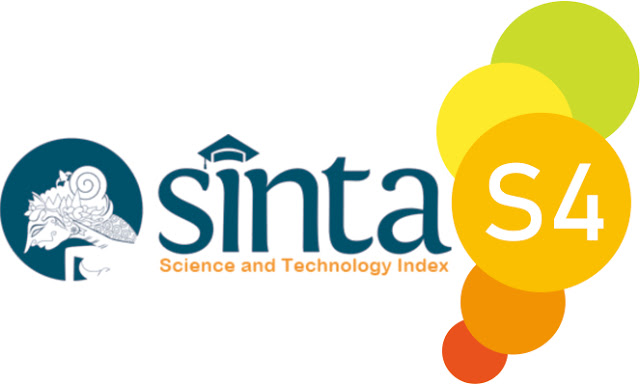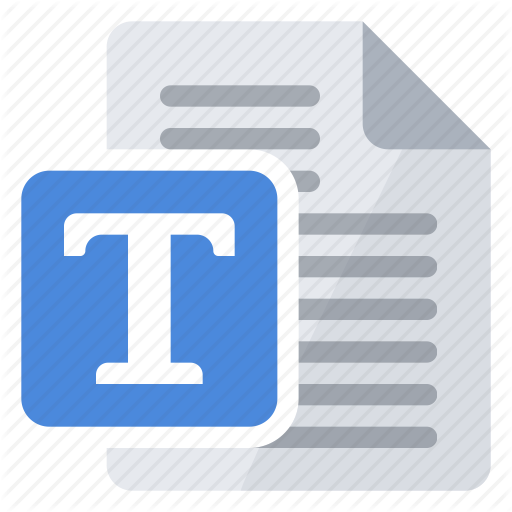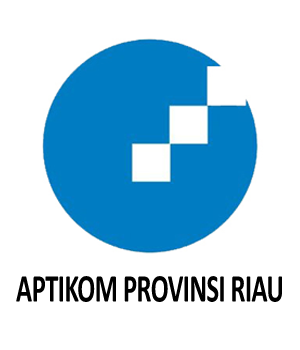PENGENDALIAN KEPADATAN KENDARAAN PADA TRAFFIC LIGHT MENGGUNAKAN ATMEGA8535 DAN VISUAL BASIC
Abstract
Traffic light is a beacon used to arrange the traffic regularity of 4- way intersection by giving the road users some opportunities to take turn alternately. The density of vehicles in each 4-way intersection has difference level while the recent traffic lights uses the same waiting time at each intersection. It makes less effective. Ideally, the traffic lights as possible should be controlled easily and utilized efficiently to facilitate the flow of traffic at 4-way intersection. Solving the problem, the solution of traffic light optimization was provided in the form of a prototype by using the ATMEGA8535 microcontroller with two infrared laser modules and two photodiodes as a detection of the received reflection light in each intersection recently. These sensors served to determine the range of congestion levels based on the density of the vehicle. It made the waiting time be more efficient. The tools of setting programed by using Visual Basic. The results of this study were the optimizing traffic light that makes the waiting time at each intersection becomes more effective based on the density of the vehicle.
Downloads
References
Alamsyah. (2012). Pengaturan Lampu Lalu Lintas Berbasis Mikrokontroler ATMEGA8535. Majalah Ilmiah Mektek, 3.
Dipranoto, A. R. (2010). Penghitung Jumlah Kendaraan Pada Area Parkir Dengan Mikrokontroler AT89S51. Teknik Elektro, (021).
Muljodipo, N., Sompie, S. R. U. A., Robot, R. F., Eng, M., Elektro-ft, J. T., & Nuryantomuljodipogmailcom, E. (2015). Rancang Bangun Otomatis Sistem Infus Pasien. Teknik Elektro Dan Komputer, 4(4), 12–22.
S.T, H. (2012). Dasar Pemograman visual Basic. Modul 1.
Suryo, H., & Solichan, A. (2015). Microcontroller atmega8535 sebagai basis pengendali kecepatan motor induksi satu fasa. Media Elektrika, 8(1).
This is an open-access article distributed under the terms of the Creative Commons Attribution-ShareAlike 4.0 International License which permits unrestricted use, distribution, and reproduction in any medium. Users are allowed to read, download, copy, distribute, search, or link to full-text articles in this journal without asking by giving appropriate credit, provide a link to the license, and indicate if changes were made. All of the remix, transform, or build upon the material must distribute the contributions under the same license as the original.















